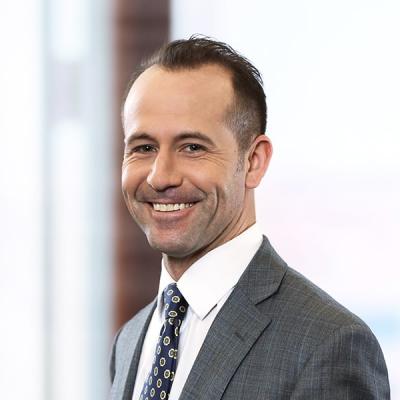USPTO’s New Deferred Subject Matter Eligibility Response Pilot Program
Recently, the U.S. Patent and Trademark Office (“USPTO”) published a notice informing the public that it will be implementing a pilot program (called the Deferred Subject Matter Eligibility Response Pilot Program, or the “DSMER Pilot Program”) to determine the value of allowing applicants to defer responding to 35 USC § 101 rejections (commonly known as “101 rejections” or “Alice rejections”). The Program is only available for certain applications, and certain procedures are required for participation; however, the Program has the potential to encourage more efficient patent prosecution. Below we answer some questions patent applicants are likely to have about the Program.
What Is The Program?
In March 2021, two U.S. Senators requested that the USPTO (i) implement a pilot program to defer arguments on 101 rejections until after other patentability conditions have already been satisfied in the course of prosecution and (ii) assess whether this approach would be “more effective, and produce[] higher quality patents” than the traditional approach to evaluating 101 rejections. The Senators cited concerns that current procedures require premature analysis of subject matter eligibility, and that addressing 35 USC §§ 112, 102, and 103 rejections “inevitably brought the claims into compliance with Section 101 as well.” They believed that deferring patent-eligibility analysis until these rejections were resolved, therefore, may encourage more efficient patent prosecution.
Under the proposal, patent applicants prosecuting qualifying patent applications may defer responding to any arguments from an Examiner that patent claims are directed to patent-ineligible subject matter until the earlier of (1) final disposition of the patent application or (2) after all other patentability issues have been addressed. A “final disposition” would include: (1) the mailing of a notice of allowance, (2) the mailing of a final Office Action, (3) the filing of a notice of appeal, (4) the filing of an RCE or (5) the abandonment of the application. For example, when the Applicant receives its first non-final Office Action rejecting claims as unpatentable under 35 USC § 101, as well as other sections of Title 35, the applicant can defer responding to the 101 rejection until the other rejections have been resolved between the parties. Once the Examiner issues a final Office Action or is ready to issue a Notice of Allowance based on Applicant’s arguments as to the non-101 rejections, however, the Applicant would be required to respond to the 101 rejection. Applicants can also respond to portions of the 101 rejections made by the Examiner at any time, without waiving their ability to defer responding to other 101 rejections; for example, Applicants can respond to some 101 rejections for some claims with allowable subject matter, and continue to defer for other claims.
Who Qualifies for the Program?
When the Program begins, the USPTO will issue invitations to applicants having patent applications that qualify for the new pilot program. The USPTO identifies qualifying applications based on criteria such as:
- whether the application is assigned to a primary examiner who has volunteered for the pilot program;
- whether the application is an original nonprovisional utility application (continuation utility, divisional utility, provisional utility, design, and plant applications will not qualify for the pilot program);
- whether the application has been “advanced out of turn” (as applications currently provided fast-track examination or accorded similar special status will not qualify for the pilot program); and
- whether the claims of the prospective pilot application raise both 101 and non-101 rejections (applications that only raise 101 issues or only non-101 issues will not qualify for the pilot program).
When Does The Program Begin and How Long Does It Last?
The Program begins on February 1, 2022 and ends on July 30, 2022. The USPTO is accepting comments now and until March 7, 2022. The USPTO may decide to extend, terminate, or alter the terms of the Program depending on internal resources and its effectiveness.
What, If Any, Benefits are There to Participating in the Program?
As many patent applicants are already aware, while patent claims need not be patentable under §§ 112, 102, or 103 to be directed to patent-eligible subject matter, § 101 rejections often require at least some analysis of the inventive concepts of the patent application as a whole and the claims in particular. Allowing Applicants to wait until novelty or definiteness rejections have been addressed, therefore, allows Applicants to provide more focused § 101 arguments that are informed by arguments and/or amendments already accepted by the Examiner. For example, the Program would potentially allow Applicants to wait until Applicants and Examiners agree as to which claims are inventive before requiring Applicants to make substantive arguments about whether those claims are sufficient to transform a judicial exception into patent-eligible subject matter. Also, as claim amendments made to address §§ 112, 102, and/or 103 rejections may render the original § 101 rejection moot, deferring responses to § 101 rejections may save Applicants from needing to defend the patent-eligibility of the claims at all.
While the extent to which the Program actually affords a more efficient and effective process for evaluating § 101 issues in patent applications remains to be seen, this Program could serve as a promising first step in streamlining prosecution. Patent applicants should be on the lookout for invitations to the Program for qualifying patent applications and carefully consider participating in the Program.


